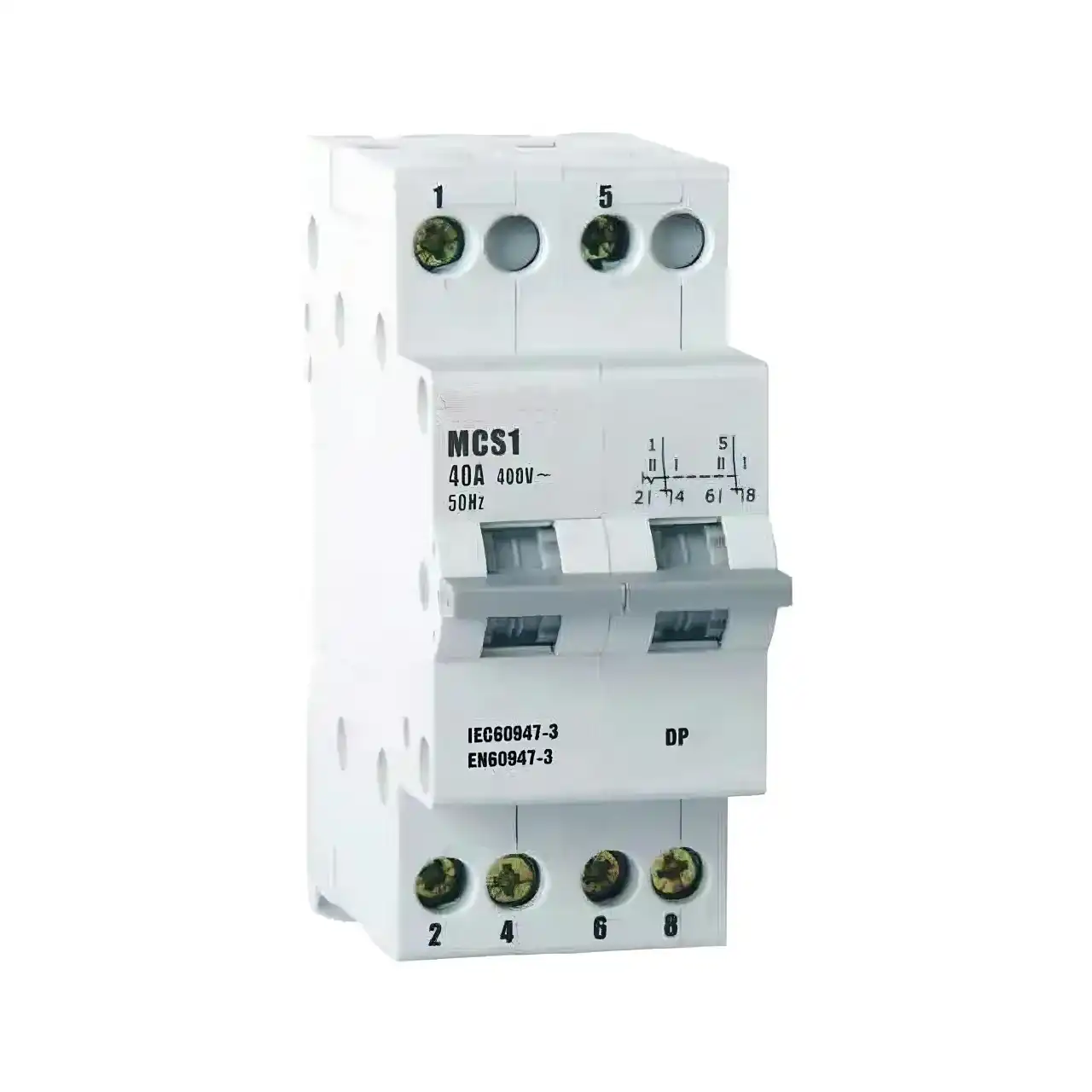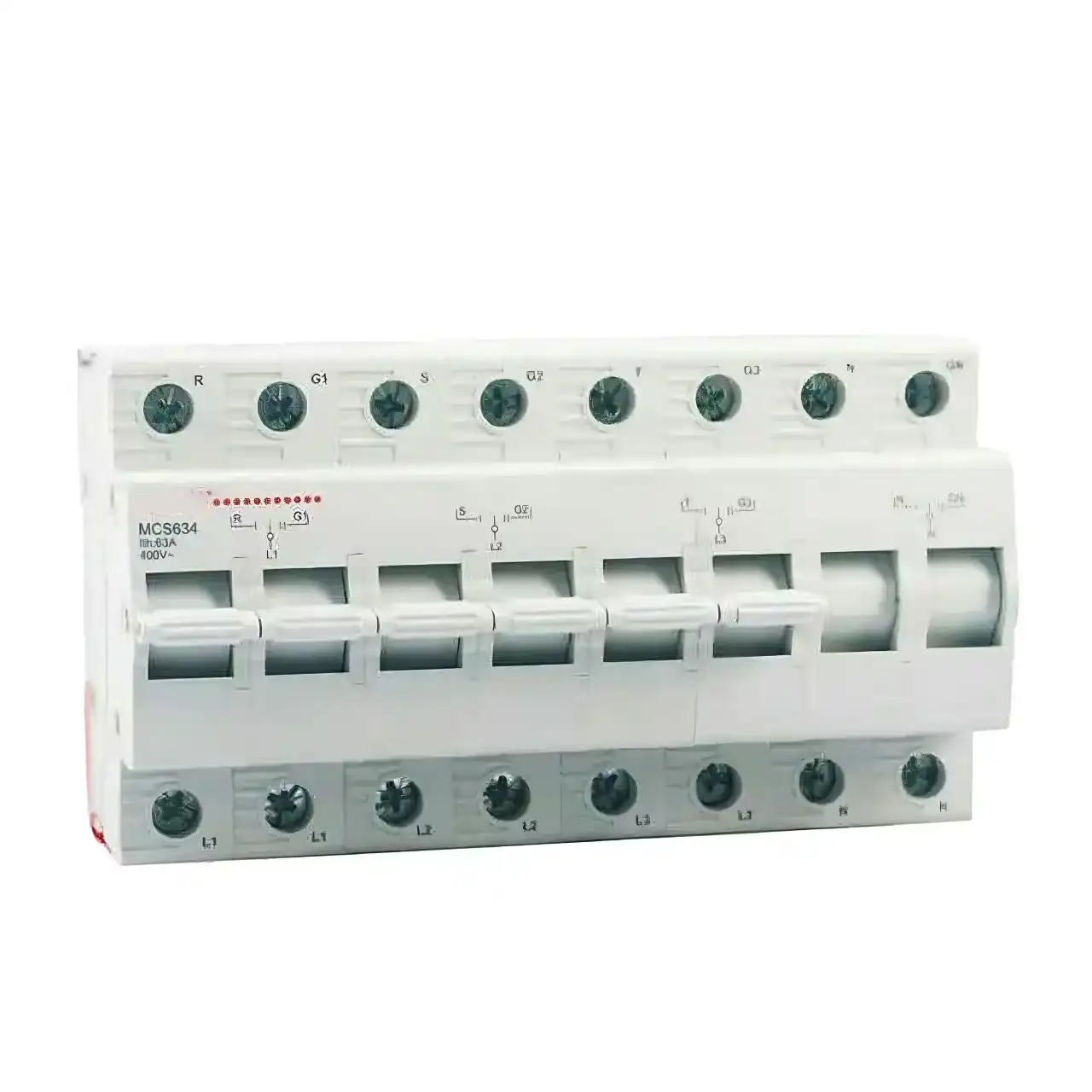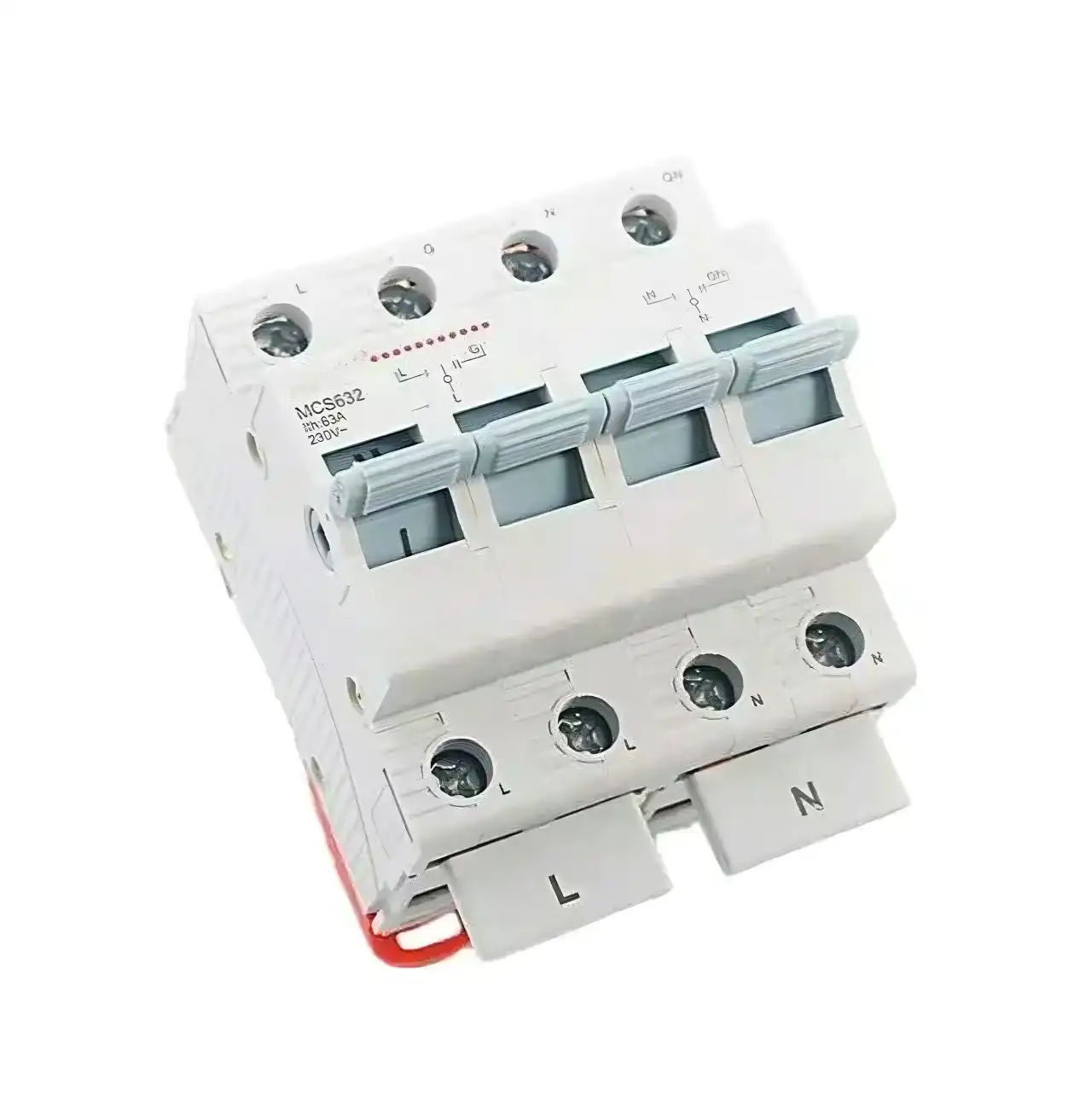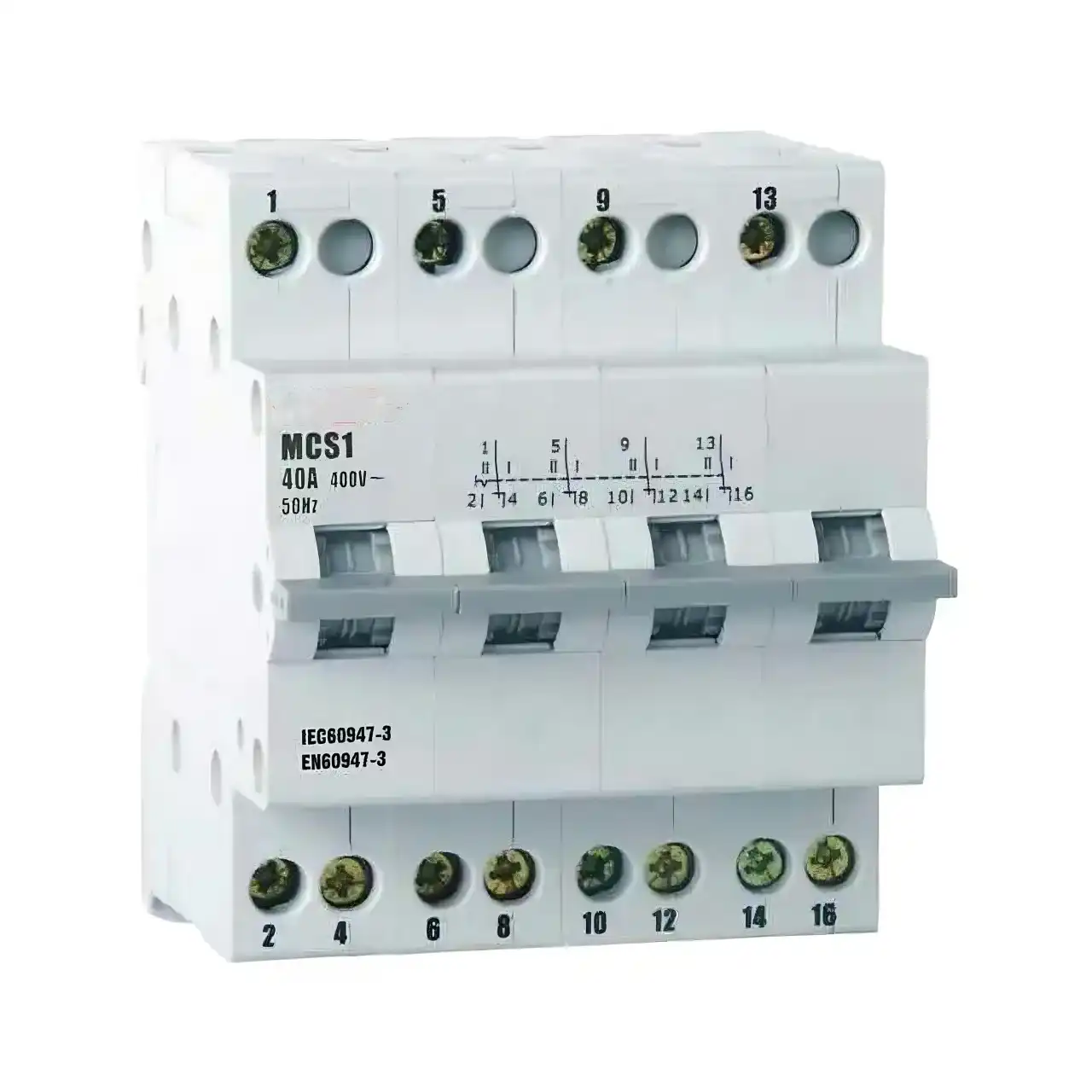
Manual transfer switch manufacturer
ONESTOP is a leading manufacturer of manual transfer switches in the market. With over 19 years of experience in the electrical industry, we offer high-quality products at the most competitive prices.
WHY CHOOSE US
Production technology
Customization and OEM/ODM
High performance-price ratio
Long term partnership
Manual transfer switch product
If you need to learn more about product types or customized solutions, please feel free to contact us at any time.
Provide economically sustainable power solutions
Our electrical solutions have served over 50 countries and regions worldwide.
Long term cooperation with over 300 manufacturing companies, including globally renowned industrial brands
Over 800 industrial projects have been delivered, of which 60% are customized solutions
Key Features of Manual Transfer Switch
A manual transfer switch is an essential component for anyone looking to secure their electrical supply during outages. This simple yet effective device allows users to manually shift the power source between the utility grid and an alternate generator. With features designed for both safety and convenience, understanding these key aspects can enhance your electrical reliability. Here are some notable features:

Safety Mechanism
Our manual transfer switch includes robust safety mechanisms that prevent back-feeding into the utility lines, ensuring that utility workers remain safe during power outages.
- Voltage Protection
- Circuit Isolation
- User-Friendly Design
Ease of Installation
The design of our manual transfer switch is user-friendly, making installation and setup straightforward for professionals and DIY enthusiasts alike.
- Clear Instructions
- Pre-Wired Options
- Compact Size
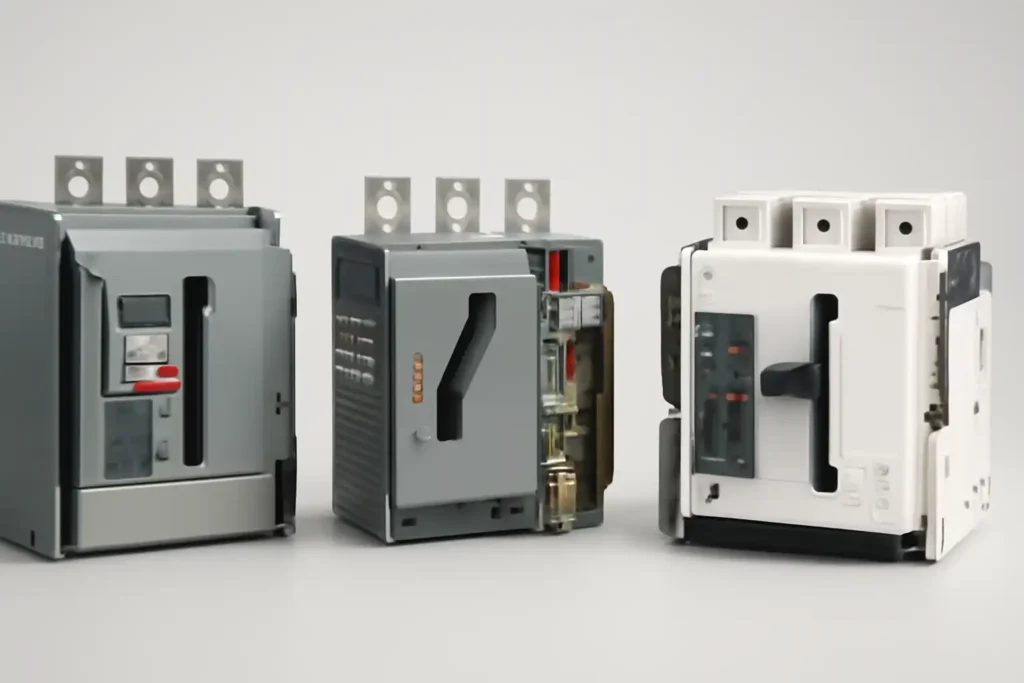
Automatic-transfer-switch-in-operation-1024x683.png)
Durable Construction
Built to withstand harsh conditions, our manual transfer switches are made with high-quality materials that ensure longevity and reliability.
- Weather-Resistant
- Corrosion-Proof
- Sturdy Components
Versatile Compatibility
Our manual transfer switches can connect to a variety of generators and electrical systems, making them suitable for diverse applications.
- Wide Range of Voltages
- Multiple Generator Types
- Flexible Connections

The advantages of our product
Stable and reliable
The structure is stable and reliable. Not relying on complex electronic control systems, with a low failure rate, suitable for places that require high equipment stability
easy operation
Although manual operation is required, the power supply can be quickly switched in emergency situations to ensure uninterrupted power supply. Manual switch can provide a simple and direct solution.
Low cost
Compared to manual transfer switches on the market, our prices are more affordable and suitable for places with limited budgets but a need for power switching.
simple maintenance
Due to the lack of a complex electrical control system, the maintenance of manual transfer switches is relatively simple and the maintenance cost is low.
Suitable for small-scale loads
Manual transfer switches can meet the needs of small devices or low load environments such as homes and offices,
Improve user control
The manual switch allows users to fully control the switching of the power supply, avoiding unnecessary power fluctuations or misoperations that may be caused by automatic switching.
Customer Testimonials
Hear from satisfied customers who have experienced the benefits of manual transfer switches.





Your trusted electrical equipment supplier
♥Wide selection
♥OEM Quality
♥100% Satisfaction Guarantee
Looking forward to working with you
FAQ
Get answers to common questions regarding manual transfer switches and their operation.
What is a manual transfer switch?
A manual transfer switch is a device that allows a user to switch between utility power and
a backup generator.
How does a manual transfer switch work?
It connects your generator to your electrical panel, allowing you to transfer power safely.
Why do l need a manual transfer switch?
It provides safety and reliability during power outages, preventing back-feed to the grid.
Can l install a manual transfer switch myself?
While some may choose DlY, it’s recommended to hire a licensed electrician for proper
installation.
What size manual transfer switch do l need?
The size depends on your power needs; calculate the total wattage of the devices youwish to power.
How much does a manual transfer switch cost?
Prices vary based on features and capacity, but they are generally a cost-effective backup
power solution.
How do l maintain my manual transfer switch?
Regular checks and testing are recommended to ensure optimal performance and safety.
Is a manual transfer switch safe?
Yes, when installed correctly, a manual transfer switch greatly enhances safety during
power outages.
Can luse a manual transfer switch with any generator?
Most generators will work, but confirm compatibility based on power requirements and
connections.
Will a manual transfer switch protect my appliances?
Yes, it protects appliances from power surges when transitioning back to utility power.
Understand the manual transfer switch
Table of Contents
In the power system, a manual transfer switch (MTS) is a critical device that can safely switch between the main and backup power sources, ensuring power supply continuity. This article will comprehensively analyze this device from its structural principles, application scenarios, installation steps to selection recommendations, helping users to gain a deeper understanding of its functions and value.
What is a manual transfer switch?
A manual transfer switch (MTS) is an electrical device that is used to switch manually between two power sources. It is mainly used to make a quick switch to a standby source of power when there is a power failure to ensure normal equipment operation. Manual transfer switches are different from automatic transfer switches (ATS) in that they must be operated by hand to accomplish switching between power.
The core principle and structure of manual transfer switch
The manual transfer switch consists of multiple contact combinations, and mechanical means are employed to switch circuits. Its primary components are:
Contact system: a structural combination of fixed and moving contacts, which changes the contact state through a rotating shaft to ensure circuit continuity
Positioning mechanism: Utilizing a roller card ratchet structure to ensure stability and gear accuracy in switching
Insulation shell: covered with multiple layers of insulation material, supporting three-dimensional design, occupying less installation space
Operating handle: a plane operation type that rotates left and right, as opposed to the up and down movement of common knife switches
Working principle: When the handle rotates, the movable contacts contact different fixed contacts, causing the circuit to switch from one group to another, used for non frequent operation instances (e.g., backup power switching, motor forward and reverse control)
Application scenarios of manual transfer switch
1. Home backup power system: such as generators used in households
2. Backup power supply for industrial equipment: such as factory power supply system
3. Data center: Ensure continuous power supply for servers
4. Hospitals and medical equipment: Ensure that medical equipment is not powered off
The following video will explain what a manual switch is
Types of manual transfer switches
General types of manual transfer switches are:
Single pole transfer switch: suited for single-phase circuits
Bipolar transfer switch: suited for two-phase circuits
Three pole or four pole conversion switch: suited for three-phase circuits
Load isolation switch: with isolation function to ensure equipment safety
The difference between manual transfer switch and automatic transfer switch
| Comparison ltem | Manual Transfer Switch (MTS) | Automatic Transfer Switch (ATS) |
| Switching Method | Requires manual operation | Automatically detects and switches |
| Response Speed | Slower manual operation speed | Fast automatic switching |
| Cost | Relatively lower | Relatively higher |
| ApplicationScenarios | Simple, low-cost industrialapplications | Complex scenarios, frequent switchingneeded |
How to choose the appropriate manual transfer switch?
Key parameters for selection
Rated current: Choose according to the load demand. If it is a household scenario, choose around 16A, and for industrial scenarios, choose 800A industrial grade
Pole configuration: unipolar (1P), bipolar (2P), or triode (3P), corresponding to different circuit requirements
Protection level: IP65 or above protection is preferred for industrial environments, with dust and water resistance
Brand and certification: Recommend brands such as ONESTOP and ABB to ensure compliance with IEC 60947-6-1 standard
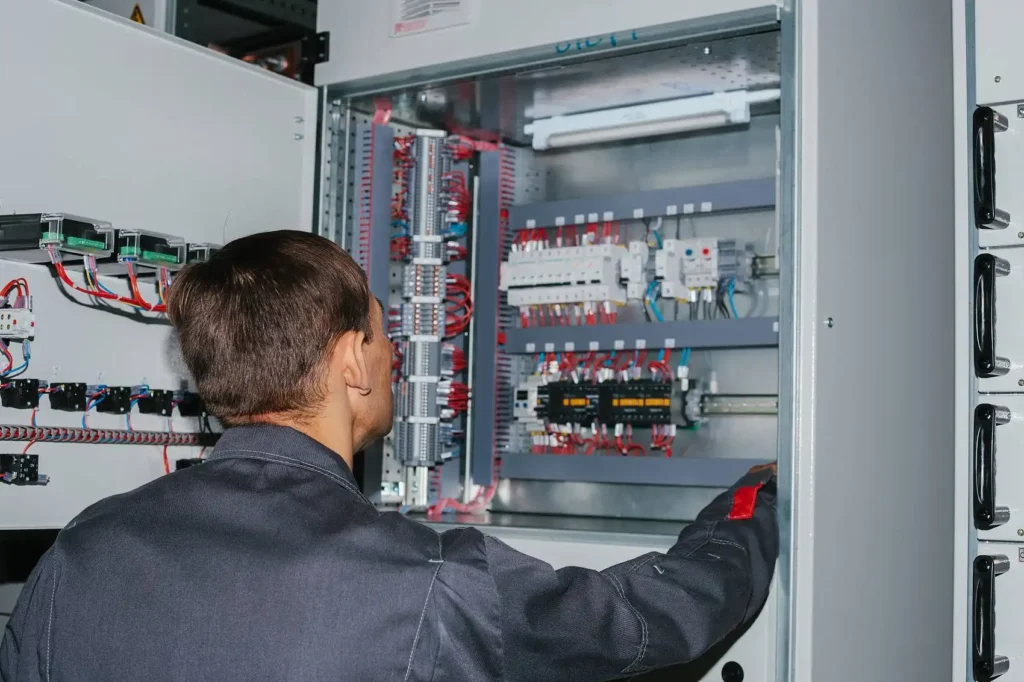
Installation method of manual transfer switch
Wiring operation
Difference between input and output terminals: The main power supply and backup power supply are connected to the input terminals (usually labeled L1 and L2) respectively, and the load is connected to the output terminals (labeled T1 and T2)
Wire treatment: Peel off the insulation layer of the wire (about 1cm), ensure that the copper core is not damaged, insert the corresponding terminal post, and tighten the screw. The live wire (red/brown), neutral wire (blue/black), and ground wire (yellow green dual color) need to be strictly distinguished
Multi gear wiring: If the switch is used for multi way switching (such as forward and reverse rotation of the motor), the corresponding circuit should be connected according to the contact closure table (such as turning left 45 ° to connect contacts 1-2 and 3-4)
Fixed and debugged
Mechanical fixation: Install the switch into the installation box and secure the base with screws to prevent it from shaking. If the screw holes on the bottom box are damaged, a “bottom box repairman” can be used to reinforce them
Functional test: After powering on, move the joystick to different gears and use a multimeter to measure whether the output voltage is normal. For example, the load should be enabled in the main power state and disconnected from the main power after switching to the backup power state
Contact inspection: Check if the contacts are tightly closed. If there is heating or abnormal noise, please tighten the wires again or clean the oxidized contacts
Installation troubleshooting
Cannot shift: Check if the contacts are jammed or oxidized, clean them and apply conductive grease
Bad contact: Tighten the wiring terminals so that no wire connections are loose
Deal with jamming: Check if the position mechanism is worn out and replace the ratchet component if necessary
Common brand recommendations for manual transfer switches

ONESTOP is a leading electrical product supplier in China, and its manual transfer switches are popular in the market for their high cost-effectiveness. These switches have good electrical stability and operational flexibility, making them suitable for residential and light industrial applications. ONESTOP also offers advantages including simple design, easy installation, and maintenance, making it an affordable choice.
Schneider Electric is renowned for high quality and reliability and provides a wide range of power management solutions. Its compact manual switch design is simple to install and suitable for a multitude of commercial and industrial applications.
ABB is one of the world’s leading manufacturers of electrical equipment with a tradition of technological innovation and engineering excellence. ABB manual transfer switches pay special attention to convenience and safety of operation and are tolerant of high voltage and current loads, making them extremely suitable for application in environments where multiple operations are required frequently.
Siemens manual transfer switches are highly reputed for their world-class performance and advanced technology. The switches are not only well designed and easy to operate, but also have very high mechanical and electrical durability.
FAQ
Is the manual transfer switch suited for home applications?
Yes, especially for backup generator switch-over.
What is better, manual transfer switch or automatic transfer switch?
If the budget is limited and automatic switching is not required, a manual switch is an excellent choice.
Do you require a professional electrician to install a manual transfer switch?
Yes, it should be installed by a professional electrician for safety reasons.

